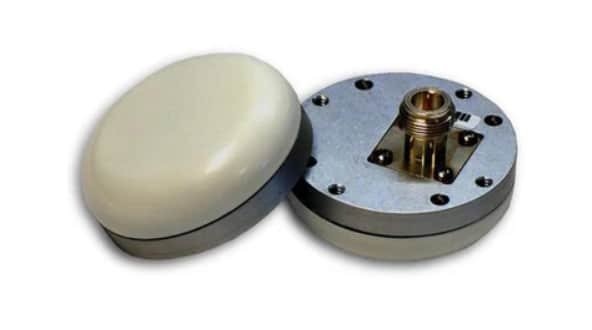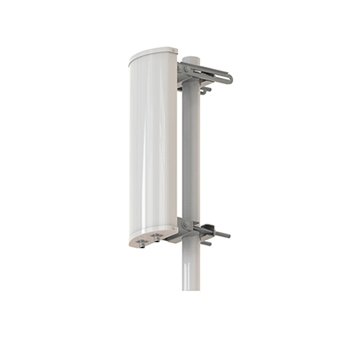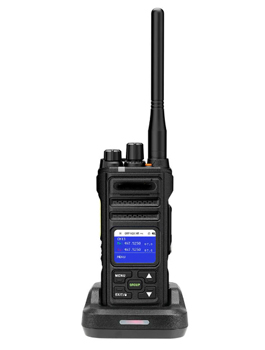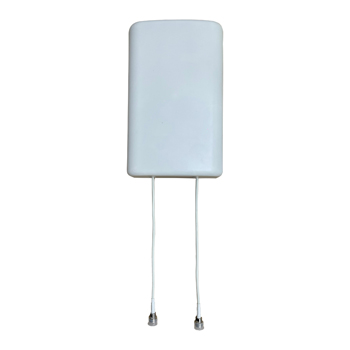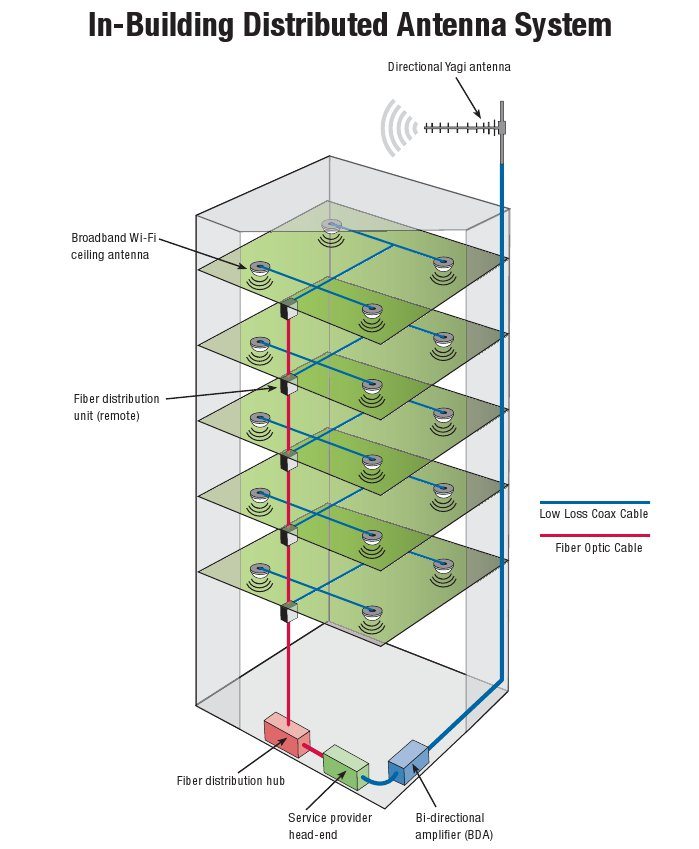
With each passing day, the advancements in technology are upgrading the infrastructure and working functionality of mobile communication networks. Since the introduction of 1G, we have been witnessing major revolutions in the world of communication not only in terms of technical modifications but performance and structural improvements as well. Unfortunately, each cellular generation could not sufficiently fulfill the user’s increasing demands of speed, coverage, and capacity. 5G cellular networks promise to mesmerize the entire world with their unreal features and services. Most large organizations and enterprises have already begun to work on ideas that can leverage maximum productivity gains from emerging 5G technological solutions. One of the most innovative and cost-effective solutions that 5G offers for providing consistent signal delivery and facilitating maximum customers is the concept of distributed antenna system (DAS). Now, what is DAS and how does it work? To acquire these answers, let us dive deeper into the details of this article.
Table of Contents
ToggleWhat is Distributed Antenna System?
A distributed antenna system, aka DAS, consists of multiple antennas that are deployed at different positions to provide consistent wireless coverage to the same area with additional reliability. Basically, this system is used to resolve the issues of isolated poor coverage spots in an area that disables the cellular users to communicate with other people or access network services properly. The DAS antennas use the carrier’s licensed frequencies to transmit and receive signals that result in improved voice and data service delivery for edge users. DAS antennas possess reduced total power to avoid signal interference with one another.
How does DAS work?
A DAS provides signals to poor coverage areas by often employing radio frequency (RF) directional couplers and wireless amplifiers that split and amplify the source signal to reach the distributed antennas that provide network access to the end-users. In some scenarios, DAS employs a combination of low-loss coaxial cables and fiber optic cable (using radio over fiber technology) to split the signals among the antennas. In a DAS, multiple 4G ceiling mount antennas are installed on different floors of a building to expand the wireless cellular coverage. A simple DAS consists of two components for its operation, explained as follows:
What can Tesswave do for you?
Tesswave provide 100+ antenna products and you can contact us for antenna customized solutions, get in touch with us today to get a Free quote.
Get an Instant Quote
Get a FREE quote and we will contact you within an hour
1. Signal Source
A distributed antenna system works in a way that it distributes signals to the antennas and does not itself generate wireless signals. In fact, it needs a signal source that generates and feeds wireless signals to a set of distributed antennas. There are three types of signal sources used in a DAS depending upon the installation requirement:
- Off-air (where the signal source is located on the roof): Off-Air signal source utilizes a donor antenna, located on a rooftop that receives and transmits wireless signals from a cell carrier. It is the most cost-effective signal source if the signal at the donor antenna is of high strength and quality.
- On-Site Base Transceiver Station (BTS): On-site BTS/NodeB/eNodeB works in the same fashion as cell towers. BTSs, of various cell carriers, are connected to their respective mobile operator’s core network through a fiber optic cable deployed by the carrier themselves. In crowded areas (such as markets, stadiums, etc.), each distributed antenna might be connected to a separate BTS, for having a separate carrier, to provide service coverage to thousands of people simultaneously. DAS systems, having on-site BTS signal source, are expensive and also take longer to deploy.
- Small cells: Unlike conventional macro cells consisting of a single base station, 5G brings along the latest cell deployment technique called small cells including pico cells, femto cells, nano cells, and micro cells. These small cells can be deployed over the existing layer of macro cells at locations where macro cell tower signals fail to reach, such as cell-edge, to expand the coverage area of macro cells. To connect and operate properly, small cells require a reliable backhaul Internet connection.
A signal source is the most critical part of a DAS as the performance limitations of this system depend on a signal source. If the signal source is good, the DAS will have improved coverage and capacity. Whereas, if the signal source is not efficient then the delivery performance of a DAS will not be sufficient enough. In other words, we can determine the performance of a DAS from the signal source it employs. Moreover, the type of signal source also exhibits the kind of signal a DAS distributes like a 5G signal source will enable the DAS to deliver 5G signals.
2. Distribution System
A distribution system is that part of the system which receives the cellular signal from the signal source and then distributes it all across the building or an area. A DAS amplifies, distributes, and rebroadcasts the source signal throughout the coverage area. The distribution systems are of four types including:
- Active system: An active DAS system can convert the analog radio frequency signals received from a signal source into digital signals which can be distributed through fiber optic cable or Ethernet cable. This conversion is performed by a ‘master unit’ that is the most crucial component of this system.
- Passive system: Passive DAS system employs passive radio frequency devices such as couplers, coaxial cable, splitters, and taps to distribute signals across an area or a building.
- Digital system: Digital DAS systems convert the received signals into the zeros and ones form which can then travel over the fiber cable and Ethernet cable for distribution ahead. This conversion is done by a base-band unit (BBU) which is an integral component of this system and is directly connected to a master unit without any need for analog-to-digital conversion.
- Hybrid system: Hybrid DAS system uses the features of both active and passive DAS systems. In this system, the remote radio unit is not linked with the antennas which allows the system to use both fiber cable as well as Ethernet cable to carry the signals throughout the area of distribution.
DAS Applications
A DAS is available in multiple designs depending upon its application requirements such as for indoor or outdoor uses. There are several DAS application areas where it can be used to provide wireless coverage such as airports, hospitals, stadiums, hotels, office buildings, roadway tunnels, subways, markets, etc. The installation positions of a DAS depend on the area and its coverage requirements.

